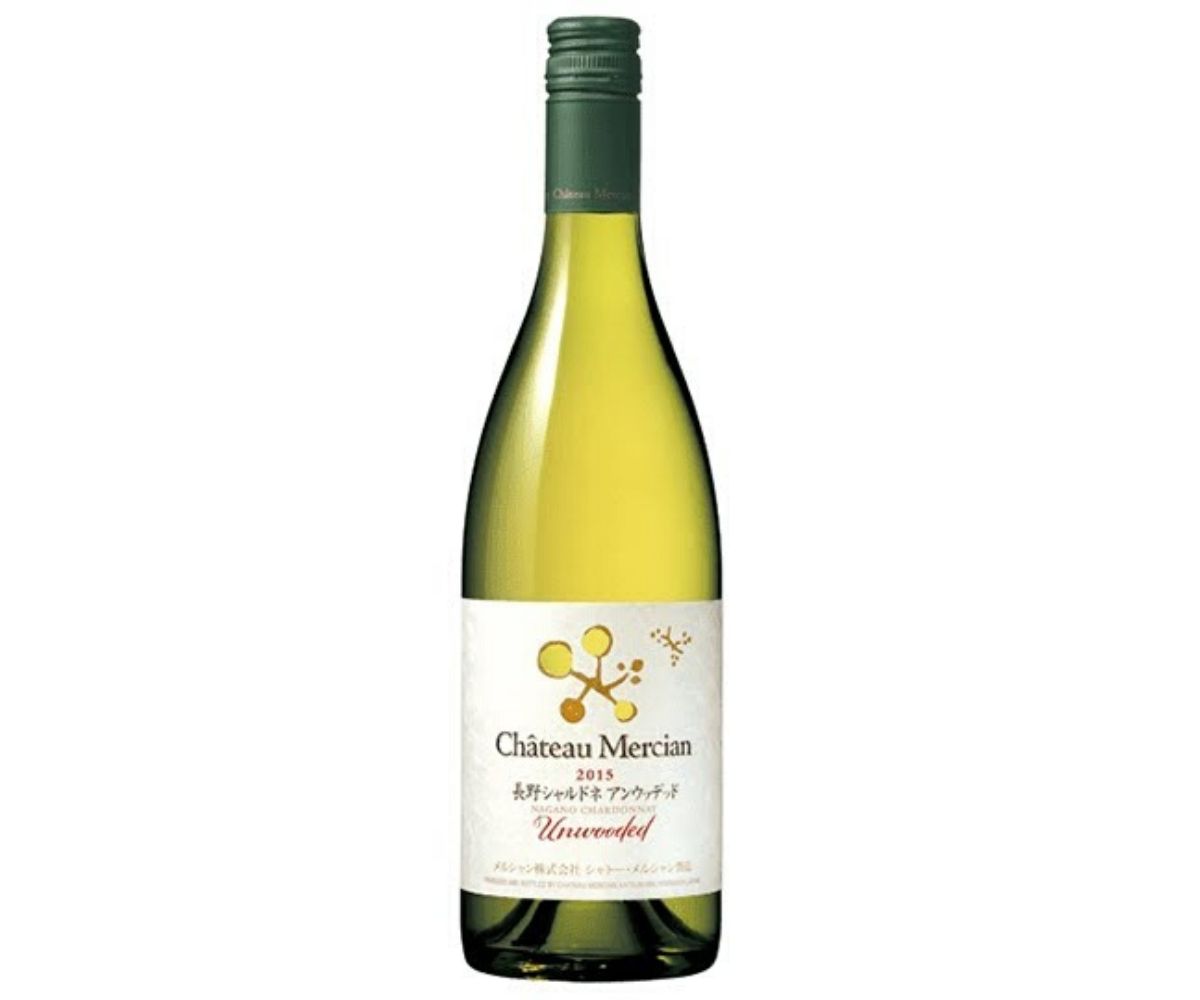Japanese Wine

They say, “When in Rome, do as the Romans do”, but when you’re an oenophile in Japan, it’s unlikely that you’ll succumb to the wiles of the local sake, but can one take the local wines seriously? The Land of the Rising Sun is highly regarded for its local beer (especially Sapporo and Asahi) and its thousands of different sake brewed from fermented rice, and we certainly don’t hear much of their local viticulture – but is the lack of air time for the regional industry based on ignorance, or are the Japanese wines simply not up to scratch?
Having recently visited the land the locals call Nippon, I can’t help but commend the locals on their focus on the production of the world’s best sake rather than subject themselves to the scrutiny and criticism of a marginal wine industry. And that’s not to suggest that the Japanese winemakers aren’t able to produce perfectly palatable wines, but rather, in my view at least, the quality versus price equation isn’t able to match the value proposition of other parts of the wine-producing world.
It is thought that Japan’s wine industry started in a low rainfall region that can’t produce rice, Yamanashi, in the township of Katsunuma. There, the first commercial winery was established in 1875 which is now owned by the corporate Mercian group who are the second-largest wine company in the country. Leaving aside the local market strength of sake and spirits, the Japanese winemakers have always struggled against the headwinds of high humidity, less than ideal soil profiles for viticulture, rainfall during the growing season, and a limited amount of available land for grape production. Then there’s the battle with ripening of the fruit – because the local producers struggle to get the grapes to the right baume, a lot of sugar is often added during vinification.
As you’d expect, the country is best suited to cool-climate grapes but the challenge presented by fertile soils and unfortunate monsoonal wet seasons is omnipresent. This ubiquitous feature of the climate and geology means that seasonal variances can be significant and that vintages of the same wine can produce strikingly disparate outcomes in the glass. At times, the outcome of vintage is perhaps not as high in quality as the winemaker would have hoped.
The local riesling is popular with consumers but to my palate, they lack any character or any statement of terroir. The local varietal which is most widely grown is a pink-skinned white grape called Koshu which produces a delicate and fresh aromatic white wine. Of the varietals that Australians would be familiar with, there are a number of red blends on offer but the stand-out varietal is probably chardonnay – and particularly those from the Nagano district.
The Chateau Mercian Nagano Chardonnay 2017 was probably one of the better ones that we sampled during our recent adventure. You’ll have to shell out more than a handful of yen for a bottle, but at the equivalent of $34 AUD you could justify the experience. On the nose, there are hints of mandarin peel and cut grass but through the middle, there’s Granny Smith apple, lime and subtle lemon zestiness. It does wash out a little on the finish and the lack of acid or oak backbone does highlight its vulnerabilities, but the mouthfeel is nicely rounded and the flavour profile quite attractive. I wouldn’t rush out to swap a bottle of the Mercian chardy for two of our lower-priced mid-range Aussie whites, but it’s an experience worth savouring and an opportunity to expand one’s oenological horizons.